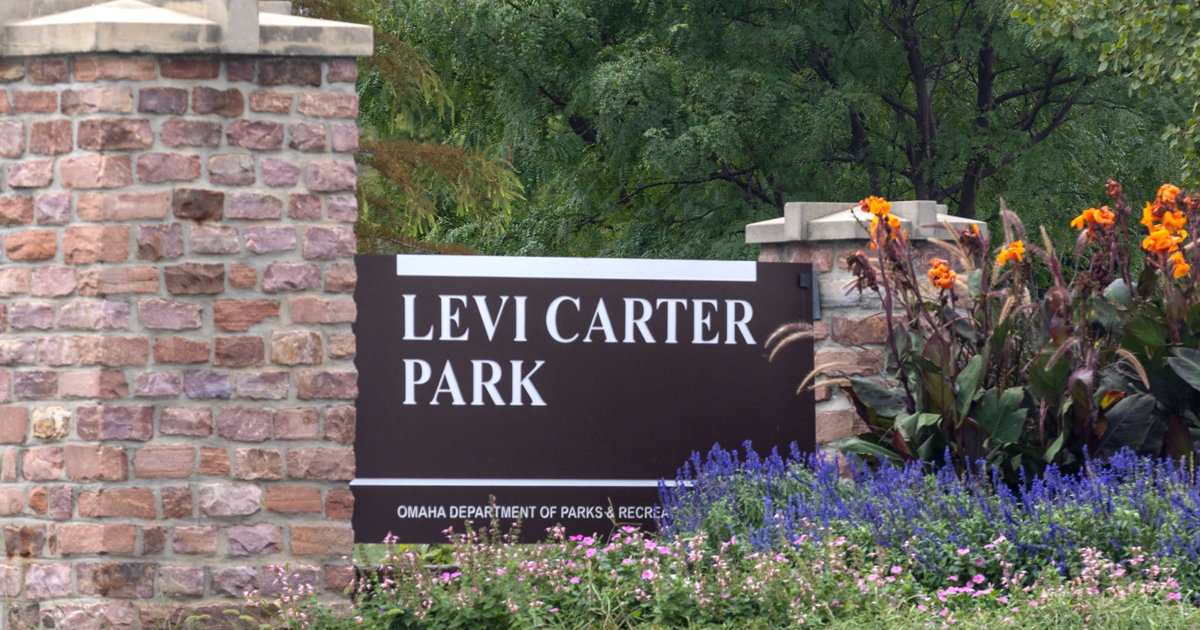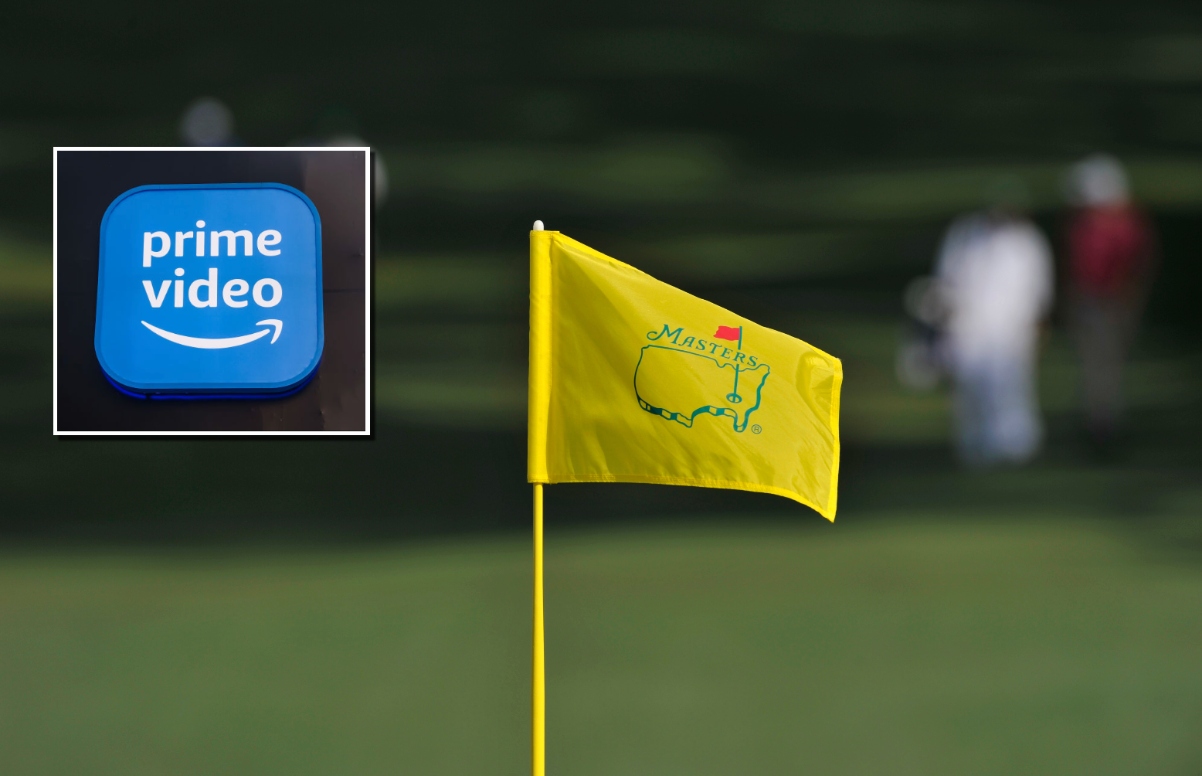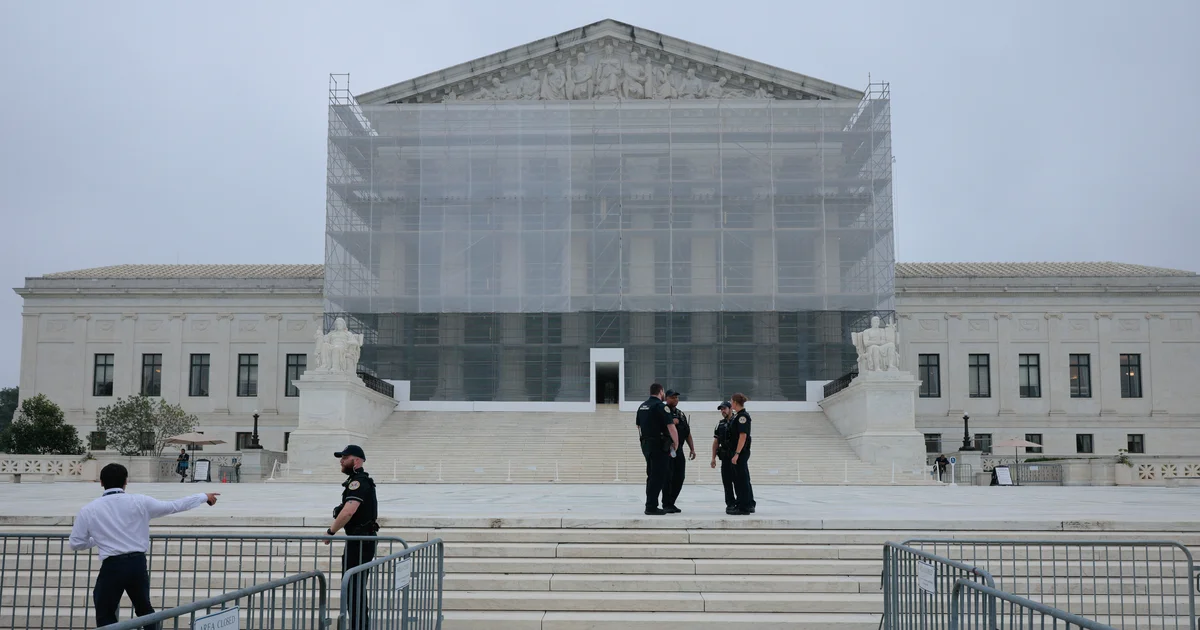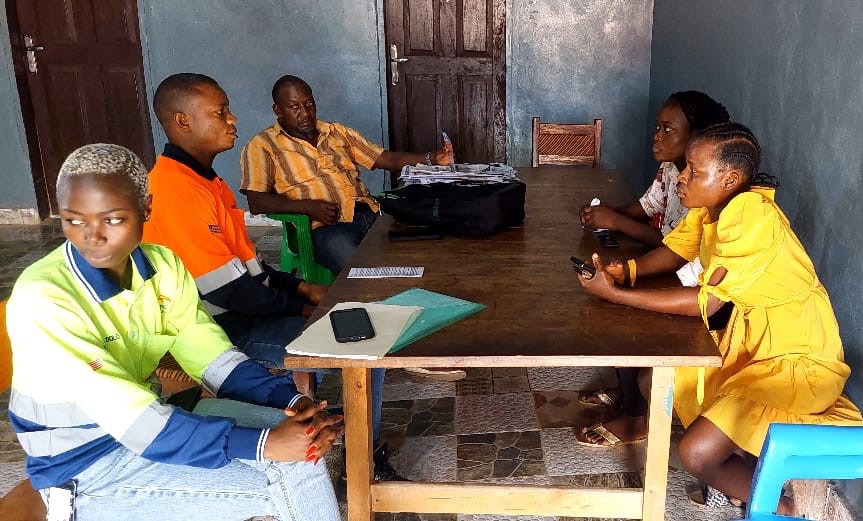
No man now living will see the park fully completed.
— Edward J. Cornish, 1924
A century and a year later — and many uses later — Levi Carter Park remains a work in progress.
Water recreation has always been a mainstay. But the 500 acres around the perimeter of Carter Lake’s horseshoe — especially along the lake’s north shore — have seen municipal beaches, civilian work camps and even an amusement park come and go.
Next up is the $45 million sports complex that includes a grand lawn for public gatherings.
Levi Carter Park is the 1908 memorial to the Omaha industrialist who walked past the lake to and from his factory. Carter’s widow, Selina Carter, donated $50,000 in 1908 for the city to buy the initial 303 acres and another $10,000 to buy a dredge.
Her second husband was Cornish, the city parks commissioner. Together, they championed the park’s development, their gifts totaling $400,000 prior to their deaths in 1938.
When Levi Carter Park came to be, Bungalow City had to go. The “village” of about 60 summer homes and a campground along the lake’s west arm, existed from 1907 to 1910. More than 20 sailboats anchored at Larsen’s Cove north of Bungalow City.
At Bungalow City’s end, many dwellings were torn down. A few moved to rented lots. The rest had been slid across the ice when the lake was frozen to the Iowa side of the horseshoe at the Rod and Gun Club summer colony.
Taking out the mud that accumulated on its bottom, through dredging, was a longtime pain. Without a freshwater source, storm water runoff determined Carter Lake’s depth and length during the first 30 years of Levi Carter Park.
One of the first dredging projects opened the northwest shore for the municipal bathing beach and frame bath house in 1914.
But there was no lifeguard at the start. The first month saw five drownings, prompting the hiring of Albert Elsasser. He made a rescue the night of the formal opening, which drew 1,200 in the water and 3,500 onlookers.
Men and women had to wear bathing suits with small aprons or skirts. Stockings were optional for females.
Little more was done to the park until the 1930s, except for the carp that took control of the lake after a 1920 Missouri River flood. There still was the ugliness of the Illinois Central railroad trestle crossing the west arm on the south end. The 1920s “beauty spot” plan of Washington, D.C., landscape architect George Burnap, which included a water maze in the northeast section, got dusty on a shelf.
Cornish got testy with the new Omaha airport, which contended that trees on parkland were obstructing landings and takeoffs. He relented and the trees were removed.
Finally in 1935, some movement with the formation of the Carter Lake Development Society. The Cornishes offered 140 acres on the Iowa side of the west arm to the city, but since it couldn’t hold property in another state, the couple deeded the tract to the society.
While the society’s envisioned 1,400-acre interstate park and its 7½ miles of shoreline ultimately succumbed to foreclosures and lawsuits that stretched to 1956, Levi Carter Park gained new amenities.
The workforce came from those living at a federal transient bureau camp, which had as its first task building the Civilian Conservation Corps camp at the park. The men and boys planted 6,000 trees, mostly elms, added parking areas and removed roadways, took down the railroad trestle, built a spillway on the west arm to resemble a waterfall (the city paid MUD for 200 million gallons of water to replenish the lake) and constructed the 1938 cobblestone pavilion and two bath houses (at first, the dressing areas were without roofs) for a 1,000-foot sand beach.
The start to an 18-hole golf course never was finished.
The cobblestones came from five blocks of Avenue H in East Omaha. The trustees for the East Omaha Land Trust, including former Secretary of the Navy Charles Francis Adams, sued in 1939 that the 183,600 stones were theirs. They settled for street repaving.
A 1949 development plan, which would have cost $3.1 million to implement while estimating annual revenue would be $258,000, included a dance pavilion and cafeteria, an amusement area, a yachting center, a bathhouse and pools, five baseball fields, eight tennis and two handball courts, an outdoor theater, a model airplane port several docks, many picnic areas, an 18 hole golf course and clubhouse and croquet and horseshoe courts.
While most were pipe dreams, in 1949 Jim Carpenter started an amusement area, Kiddieland, on the north side of the main park road. Its first rides were kid-sized, including a Ferris wheel and roller coaster. Adults could ride the “Lake Queen” boat.
Carpenter took over the park pavilion the next year as a cafeteria (Basket o’ Chicken for 85 cents, Picnic Plate for 50 cents) for the new Pleasure Pier for adults. Its attractions included a miniature golf course in front of the cafeteria, a full-sized Ferris Wheel and archery and rifle ranges.
During Omaha’s centennial in 1954, Pleasure Pier and Kiddieland hosted three days of the Mayor’s Old-Fashioned Family Picnic. The cafeteria offerings by then were down to hot dogs.
Herman and Martin Braun had a speedboat concession connected to Pleasure Pier. Their paddle-wheel cruise boat, “Showboat,” sailed the lake from 1951 to 1955.
Pleasure Pier closed after the 1956 season, Kiddieland after 1960.
From 1959 to 1964, the Mid-States Racing Association speed regatta for hydroplanes drew large crowds. The estimate for the first year was 15,000 for the 12-race program.
The National Water Safety Congress convention in 1960 included the Carter Lake Water Ski Club’s two-hour costumed show, “Calendar Capers.”
North Omaha’s annual Stone Soul Picnic started in the park in 1971. It began as a community project of the North Branch YMCA. Bertha Calloway, Andre Davis and a young World-Herald photographer, Rudy Smith, generated the idea.
The daylong picnic’s name came from the Fifth Dimension’s song from 1968 (“Come on, come on and surry down to a stoned soul picnic”).
It was the one time in the 1970s that Black residents in North Omaha felt safe going to the park, community leader LaVon Stennis Williams recalled in 2007, “and then you went in numbers.”
Stone Soul Picnics were held continuously from 1971 to 1984, attracting as many as 20,000 people. They were revived in 1995 and again from 2003 to 2006.
The park received a $1.17 million restoration in 1990. Two new piers on the east arm were built, the cobblestone pier on the west arm stabilized and the pavilion renovated. A tube connected the lake and the river so water could be pumped from the river to raise the water level of the lake.
In 2012, a recharge system — water flowing into Carter Lake from a groundwater well near the river — turned on. It maintains the water level.
The skiers and boaters are thrilled by that. Joining them soon in using Levi Carter Park will be indoor sports enthusiasts — basketball and volleyball players, wrestlers, too.
Groundbreaking was in April 2025 for the $45 million Levi Carter Park Activity and Sports Complex that will have 10 indoor basketball courts, four outdoor soccer fields, new picnic shelters, a grand lawn for community events and educational, fitness and health facilities.
Edward J. Cornish may still be spot on — No man now living will see the park fully completed — but Levi Carter Park has a stepping stone ahead like none other in its past.
stu.pospisil@owh.com, twitter.com/stuOWH
Dive into hometown history
With a weekly newsletter looking back at local history.
* I understand and agree that registration on or use of this site constitutes agreement to its user agreement and privacy policy.
Stu Pospisil
Reporter – High school sports
Get email notifications on {{subject}} daily!
Your notification has been saved.
There was a problem saving your notification.
{{description}}
Email notifications are only sent once a day, and only if there are new matching items.
Followed notifications
Please log in to use this feature
Log In
Don’t have an account? Sign Up Today



